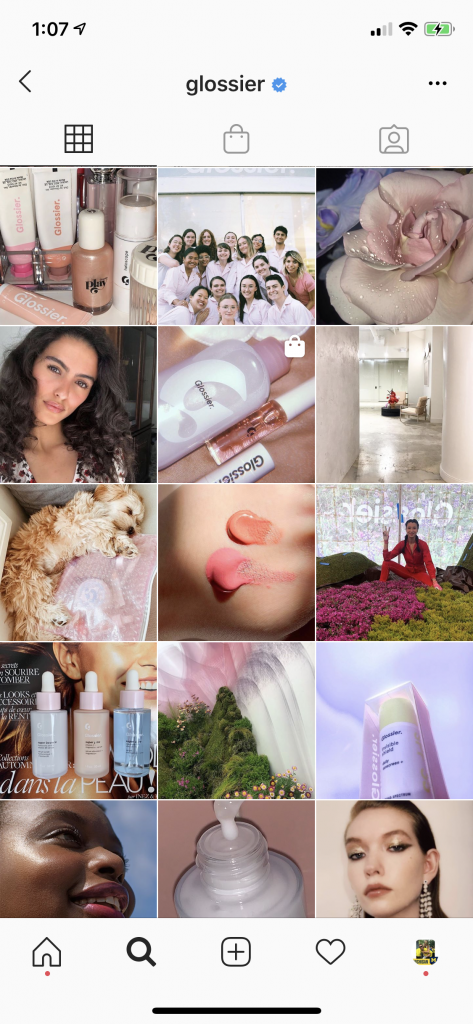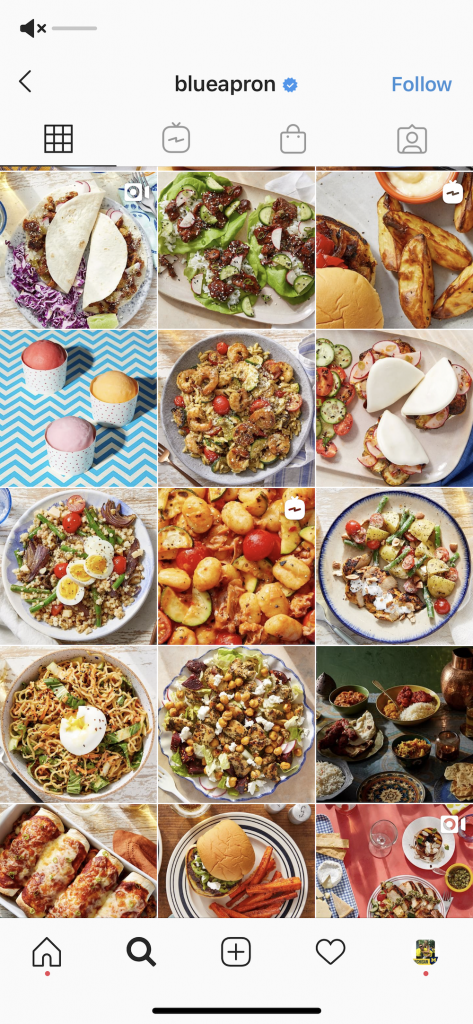To no one’s surprise, social media can influence many different aspects of our lives—from where we eat to what we wear to who styles our hair. You can use the influence of social media platforms to increase the exposure of your ecommerce store. In order for your posts to have an impact on converting sales, you’ll need to have consistent branding across all your social media profiles in everything from imagery to messaging.
Using Social Media to Expand Your Ecommerce Store Branding
Increasing brand awareness can be a goal of your ecommerce store no matter the age of your business. You can use it to build suspense behind your first product dropping or to increase sales for one of your best sellers. Social media allows you to target specific audiences that fall in line with your intended client base. Branding your profiles is easier than it seems and can positively impact your brand’s perception.
Why You Need to Match Your Social Media Profiles to Your Ecommerce Store’s Brand
It’s easy to believe that having a social media presence for your business is enough. You may ask—is it really necessary to brand them in a consistent manner with your store? The answer to that question is yes.
Having a consistent brand and messaging across your social media profiles can help you create a personal connection with your audience. In an economy where it’s easy to go online and find a competitor in a few seconds, the personal connection you have with your customers helps to retain them.
Consistent messaging and imagery can also increase the shareability of your content. By connecting and providing shareable content, you’re increasing the visibility and marketing reach for your business. You’ll want to make your content as relatable as possible to your targeted audience. If you do this right, you have the opportunity to build up support and hype before you even release your first product.
4 Tips for Successfully Using Social Media to Promote Your Business
There’s a wide array of things that you can do in order to brand your ecommerce platform. Set yourself up for success with the brand marketing tips listed below.
1. Create a Brand Guide
An important part of having consistent branding is to ensure that the messaging you use on social media uses the same tone and language.
Decide on a tone and voice that you’d like to use for all of your marketing. This language should be relatable to your target audience and be representative of your industry. For example, a high-end jewelry ecommerce store targeting middle-aged professionals should have a different tone than a SaaS company that sells productivity software to business professionals.
If you haven’t already, decide on a color scheme, fonts, illustrations, imagery, and a logo. Set up your social media to represent all of these choices. It’s important to be consistent with these choices across all of your social media and marketing efforts.
Compile all your branding choices in a document. This will ensure consistency as you scale your social media presence. It’ll also make it easier if you bring someone new to help with your marketing. They’ll have all expectations already laid out.
2. Use a Social Media Calendar
An important part of having consistent branding is making sure that you regularly post on Instagram. You’ll want to post at least 3 times a week with relevant content. Using a social editorial calendar can ensure you’re varying your content and sharing on a regular basis. Consider using a social media management tool to manage all your accounts in one place and simplify the process of scheduling and posting.
3. Curate Your Feed
The most important part about branding your ecommerce store on social media is to ensure that your content is relevant and engaging to your intended audience. Your feeds should be convincing enough to attract new followers who view your page.
Along with being in line with your branding guide, your posts should share your brand story. By sharing who you are and what’s important to your company, you’ll be able to connect with potential clients and create that personal relationship.
The variety of content that you share is up to you. For your regular posts, make sure that you try to use multiple mediums. Always include photos in your social media posts. When scrolling through social media, photos grab the attention and take up more space. Ask questions in your posts to encourage engagement through comments or direct messages. This open line of communication can connect individuals to your brand. A bonus—try using video content on your profiles. Creating videos is simple with video editing software and can lead to followers spending more time on your profile.
Take advantage of the short term content uploads that social media sites allow you to upload. Instagram stories are a great way to provide a behind the scenes view into your business or poll your following to see what content they enjoy seeing. Live streaming on social media allows you to showcase your products, provide updates, or just have a Q&A session with your clients and potential clients. Experiment with these different types of content and see which works well for your ecommerce shop.
4. Connect with the right audience.
Identifying a target audience can help you in all aspects of marketing. Therefore, when branding your ecommerce store on social media, make sure that you have your intended audience in mind. After all, if you don’t reach the right people, then your effort isn’t going to go far.
Decide how big and how wide of an audience that you’re looking to target with your products when deciding what social media presences to have. If you’re looking to reach a wider audience, Facebook will probably not be the best tool for you. See where your competitors are and see where your targeted audience spends their time. Dedicate the majority of your time and resources to these.
A great way to spread your reach and target a specific audience is to partner with influencers who target your ideal audience. Working with influencers can be expensive, but influencer marketing is the new word of mouth.
Once you’ve connected with your target audience, engage with them to keep them following you. Follow them and tastefully like and comment on their content. Don’t come off as too aggressive or spammy. Additionally, you can repost user-generated content to your story or feed when relevant.
Social media advertising can be a great way to build up your audience and get in front of the audience. When designing ads, ensure that they showcase your product but still fall in line with your social media brand. Social media ads allow you to target specific audiences, so try to take advantage of the pay-to-play environment.
Companies doing it right
Obviously, the size and scale of your ecommerce store operation can have an impact on how much time you’re able to dedicate to branding your social media presence. Have no fear, there are several brands already doing a great job. Check out these brands to get inspiration.
Hubspot

A leader in the CRM software group, Hubspot, does a great job with creating content that’s relatable to a professional audience. By sharing well designed, simple content, the company is publishing posts that are easily shareable and digestible. Notice the consistent use of the same colors throughout their posts.
Glossier

Online beauty startup, Glossier, does a great job of branding their Instagram to fall in line with their image. Their content is bright, simple, and targeted towards a younger demographic. They share a lot of user-generated content that makes the brand more relatable than some other high-end beauty companies.
Blue Apron

Blue Apron is a meal delivery service that uses Instagram to showcase their product. Their Instagram flow is bright and only showcases their product. They’re able to attract potential customers to following their Instagram due to how delectable their recipes look.
Consistency is Key
No matter what industry your ecommerce store falls into, keeping a social media presence that has a consistent image is more important. Starting with a branding guide, you’ll be able to create and publish content that aligns with your brand image. Social media branding will help you attract new clients and create personal relationships with your existing customers.
![[Customer Story] Why TestDome Considers FastSpring a Real Partner](https://fastspring.com/wp-content/themes/fastspring-bamboo/images/promotional/2023/FastSpring-TestDome-blog-thumbnail.jpg)




